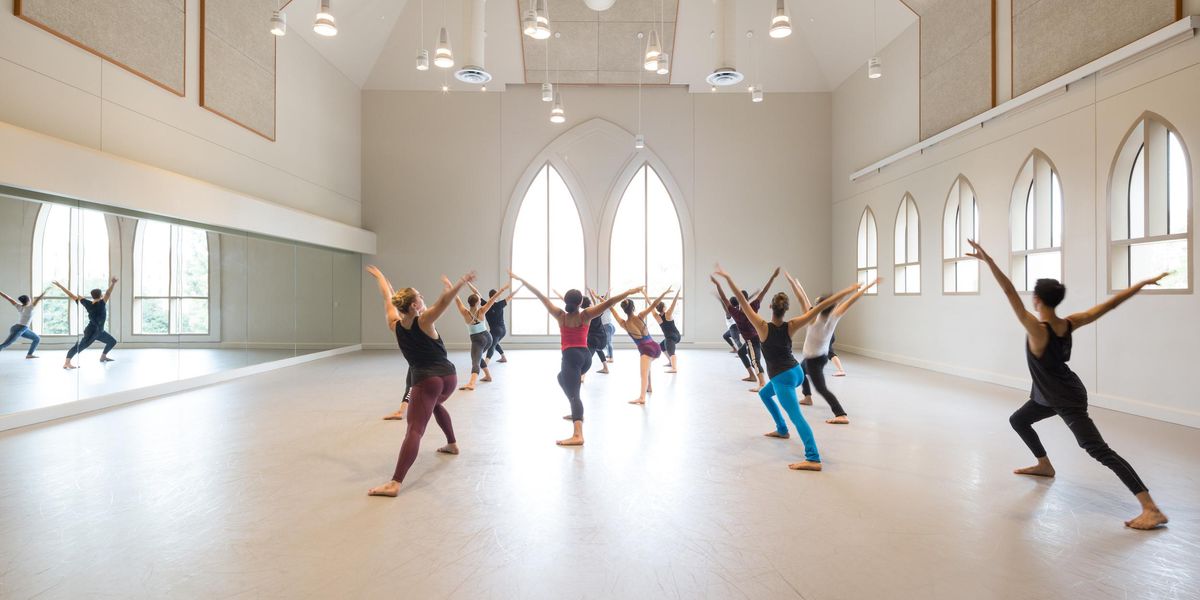Advice for Dancers
Many dancers in our company are on overdrive. They work morning to night until they get injured. Others barely perform, then dance a great role, get injured, and are out for months. How can I avoid the same trap? I’m not sure how to do it other than going to the gym and taking class. —Pooped Professional, Brooklyn, NY
I’m proud of you for making fitness a priority. Dance today is so athletic that you need to cross-train and take company class just to perform all the choreography. The dilemma, of course, is finding ways to avoid excess fatigue—a major cause of dance injuries. What can you do? Periodization, highly successful in sports, uses different degrees of fitness training during a dance season. Let’s say you return to work after summer vacation with a tight hamstring from an old injury. You’re also weak and out of shape. Rather than risking a new injury by jumping back into intense rehearsals, a medical team would screen you, then divide your training into specific periods. In this case, it would mean remedial work to fix your hamstring, followed by an individually designed fitness program to increase strength and aerobic capacity to get you back in performance shape. As rehearsals become more intense and the performance season approaches, training would taper down, until a week before opening night, when you would stop going to the gym. Ideally, rehearsals would also taper down two to three days before, so you are completely rested for the performance. Follow-up screenings during the performance season would pick up signs of overtraining or, in the case of principal dancers who perform intermittently, gauge current fitness levels.
Recently I’ve become paranoid about my weight. My teachers aren’t saying I’m too fat, but I feel horrible when my weight goes up on the scale for even a day. It ruins my mood and makes me want to skip class. —Stephanie, Orlando, FL
Many dancers worry about minor weight fluctuations. It’s not a reason to skip class. More than 50 percent of your body is made up of water that fluctuates daily, depending on factors such as sweat and fluid intake. It has nothing to do with fat or even minor food indulgence. In fact, you’d have to eat 3000 calories a day for weeks to see real weight gain. While it’s always good to review your diet with a nutritionist, weight concerns may also be triggered by stress. A psychotherapist can help you develop better ways to cope. The Renfrew Center has a national referral service, which can direct you to health care professionals who deal with weight-related problems (800-RENFREW). Meanwhile, please stop looking in the mirror for flaws or comparing yourself to the thinnest dancer in class.
I never felt supported by my family to be a dancer. It’s not a respected profession in Japan. My parents want me to come to the United States for a university degree. I plan to pursue modern dance classes when I arrive but lack confidence. Can you advise me? —Lonely Dancer, Tokyo, Japan
It is always difficult if your love of dance is out of step with family expectations. It can make you feel insecure, and it can be difficult to pursue training without financial support. Fortunately, there are many colleges and universities in the United States with top-notch dance programs that offer nondance degrees. (Go to www.dancemagazine.com to look at our Dance Magazine College Guide database, or order the latest edition for $24.95). An inspiring teacher or program can help you gain a sense of mastery as you develop your technique. Even if you don’t make dance a profession, it can still be wonderful, exciting, and invigorating.
I’ve read a few of your columns where you describe a temporary loss of technique during periods of rapid growth. I resent feeling off balance and having less flexibility, especially when my teachers get critical because I’m not improving. Plus all my joints ache. My mom brought me to the doctor, who says I’m just going through a big growth spurt. When will it stop? —Growing Pains, San Francisco, CA
I’m glad you saw a doctor . It might help to give your dance teachers a note from your physician, explaining the current changes in your body. Right now, your bones are growing faster than your muscles and tendons, creating an imbalance. In addition to that achy feeling when your growth plates expand, areas like hips, knees, and ankles are extremely fragile. It’s best to refrain from loading exercises, such as excessive jumping until your body readjusts. In the meantime, nonimpact exercise regimens, from Pilates to swimming, can help you stay in shape. The pain will go away once your growth rate plateaus.
Former New York City Ballet dancer Linda Hamilton, Ph.D., is a lecturer, a psychologist in private practice, and the author of
Advice for Dancers (Jossey-Bass). She has been offering advice to Dance Magazine readers since 1992.




